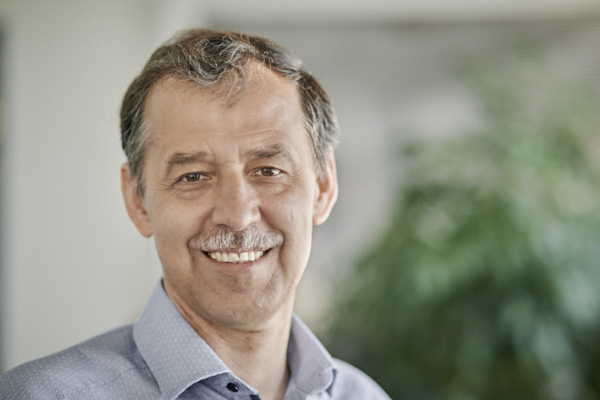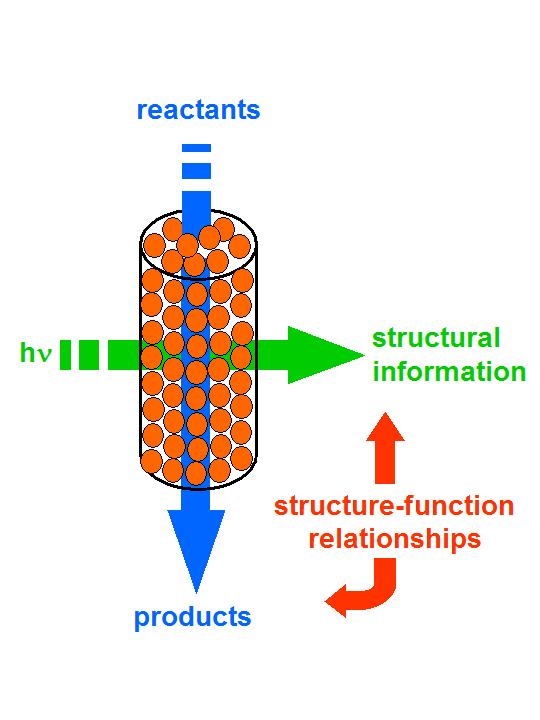Advanced Methods for Applied Catalysis
Prof. Evgenii Kondratenko
Highly effective catalyst design, based on a rational approach beyond trial and error, requires sound knowledge of the relationship between the structural features of catalysts and their role in catalytic reactions on a molecular basis. Such direct insight can only be obtained by analyzing the catalysts while they are working, i. e. under conditions as close as possible to those applied in the true catalytic process.
Research topics in the department are focused on development, adaptation and use of different physico-chemical methods for monitoring catalysts during different catalytic reactions; this involves on-line detection of catalytic activity/selectivity (operando spectroscopy) in gas-solid, gas-liquid, liquid-solid and gas-liquid-solid systems, as well as during different stages in catalyst synthesis (in situ spectroscopy). An element of recent research activities is in-situ investigations of electron transfer mechanisms in photocatalytic and photoelectrocatalytic reactions such as hydrogen evolution by water splitting; this includes the adaptation and development of suitable spectroelectrochemical methods.
Special attention is dedicated to simultaneous couplings of several operando methods. This not only saves time and Money; the primary benefit is that of expanding accessible information and reducing errors that may arise from applying different experimental conditions in differently designed reaction cells.
The aim is to obtain integrated evaluation of the variety of results and detailed knowledge on the mode of catalyst operation, thereby forming the basis for improved synthesis strategies.
Currently the department comprises two research groups which focus on the following topics:
- Optical spectroscopy and thermal-analytical methods (Dr. Christoph Kubis)
- Magnetic resonance and X-ray methods (Dr. Jabor Rabeah)
- Reaction mechanisms (Prof. Evgenii Kondratenko)



